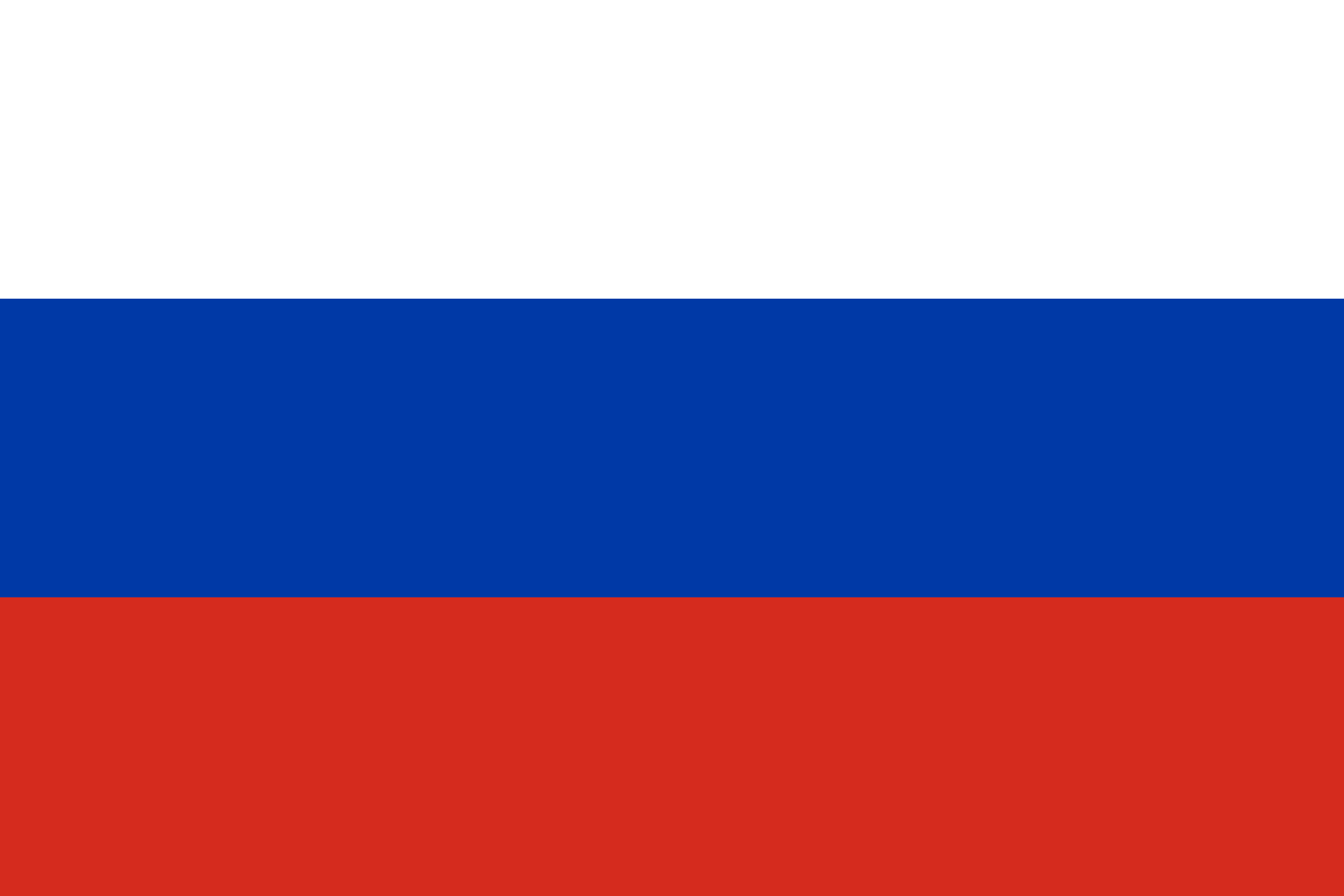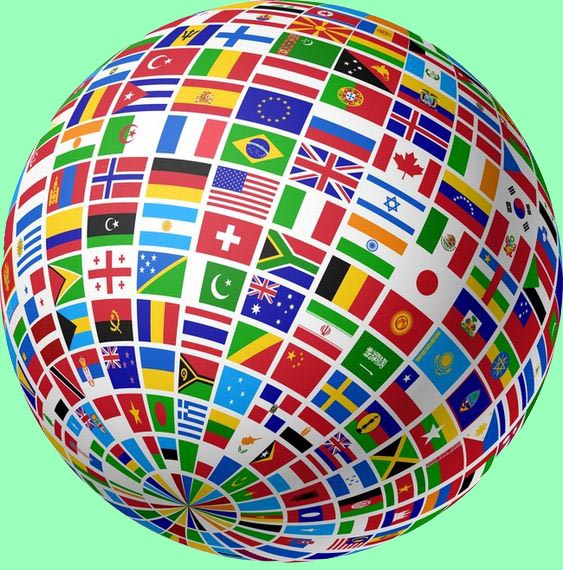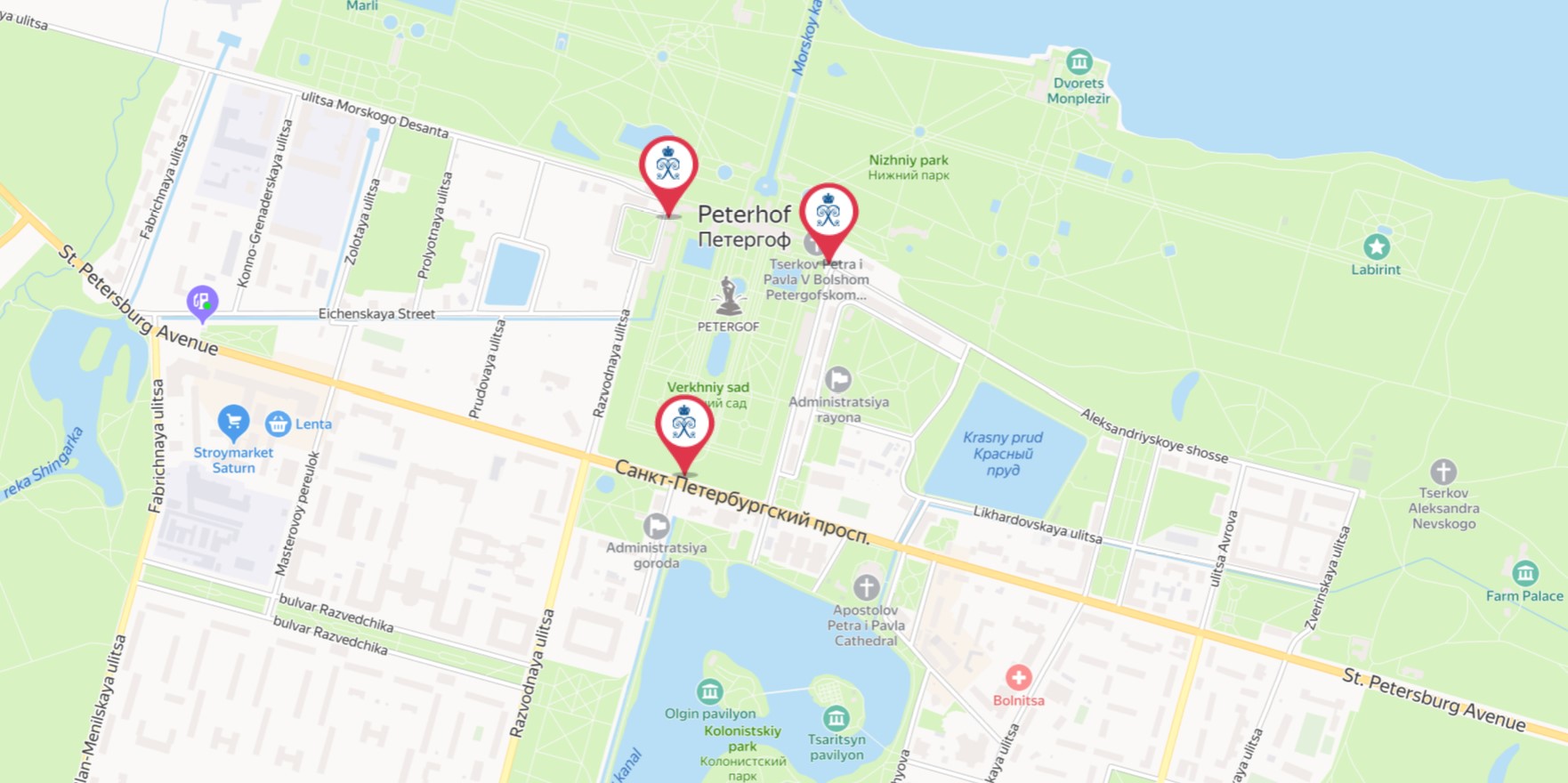
Peterhof - Jardin supérieur




 |
Peterhof - Jardin supérieur |
 |
 |
 |
||||
 |
Петергоф |
| Peterhof Oranienbaum Strelan |
Peterhof | Peterhof Webcam | Grand Palais | Grande Cascade | Jardin inférieur | Fontaines Inférieur |
Jardin supérieur |
Fontaines supérieur |
Musées | Alexandria | Oranienbaum | Iles | Strelna |
| Itinéraire à partir de | Description du trajet |
 |
| Bâtiment | Collections - Expotision - Events | Visite - Promenade | |||||||||||||||||||||||||||||||||||||||||||||||||||||||||||||||||||||||||||||||||||||||||||||||
|
|
||||||||||||||||||||||||||||||||||||||||||||||||||||||||||||||||||||||||||||||||||||||||||||||||
|
|
|
|||||||||||||||||||||||||||||||||||||||||||||||||||||||||||||||||||||||||||||||||||||||||||||||
| Histoire |
The Upper Garden, placed on the terrace in front of the south facade of the Grand Peterhof Palace, is perceived today, foremost, as a grand entrance to the imperial residence. It is a peculiar green vestibule under the open sky - harmonious, bright and spacious. Its layout has been executed according to the sketches of Peter I himself, and changed only slightly over the time. During the lifetime of the first Russian emperor, the ceremonial character was combined with the economic purpose. Vegetables, fruit, herbs and medicinal plants were grown here, and the fish was bred in the ponds that were serving as water reservoirs for the fountain system. Only in 1730 did the Upper Garden acquired an exceptionally grand appearance. The vegetable beds were removed from there, the trellis pavilions and gilded statues were placed in the parterre, and the fountains were set in the pools. In the middle of the XVIII century, in connection with the palace reconstruction, according to the project of F.B. Rastrelli, the garden was slightly extended and surrounded on three of its' sides by a fence, with stone pillars and lattices of wooden spears. The grand entrance from the side of the Peterhof road, was adorned with gates with massive pylons and iron-shod doors. The garden is compositionally connected with the architecture of the Grand Palace. The central part has a matching parterre with lawns, including three pools with fountains, located on the central axis. On the sides of the parterre, there are two square ponds and three symmetrically situated shrubberies, circled with trimmed bushes. According to the principle of planning, there are square, oblique and circle shruberries. Since the times of Anna Ioanovna, the Upper Garden is adorned with five fountains, in the shrubberies by the eastern pond, there is a rosarium and by the western one, Peter I's pharmacy garden was re-edified, with tutsan, oregano, echinacea, lemon balm, mint and other medicinal herbs, growing on its soil beds. The Upper Garden is a beautiful example of the regular style park construction. Its geometrical layout is featured by the straight alleys of trimmed lindens, the berceau-galleries entwined with greenery, green lawns, and enflamed by the thujas in shapes of balls and cones. The mandatory elements of the regular parks is sculpture. The most interesting baroque sculptural group is "Neptune", situated in the central pool. It was made in Germany in the 1650's, acquired by the emperor Pavel I, and has experienced many adventures in its lifetime. The small cascade on the south side of the pool, is decorated with the bronze statue of Appolo Belvedere. The parterre is enliven with expressive silhouettes of the marble sculptures of the god of gardens Vertumnus, the goddess of fertility Pomona, the god of the warm wind Zephyr and Flora, the goddess of spring. These are the works of the Italian sculptor of the XVIII century, Antonio Bonazza. As a result of complex restoration, conducted on the basis of the historical documents in the 1860's, the Upper Garden became one of the best examples of restoration of regular parks of the XVIII century. Inviting in any time of the year - with blooming fruit trees, or in blazing colors of autumn, or like a magic crystal forest in winter, the Upper Garden is a beautiful place for the strolls of the habitants of Peterhof, and its visitors. The entrance is free. |
| Description | |
|
|
| Photos | ||
| A voir |
|
|
| A faire |
|
|
| Type | Caractéristiques | Evaluation | |||||||
| Contact - Nom | Téléphone / gsm | web | note | |
| info | ||||
| réservation | ||||
| office |
| Heures d'ouverture | Fermeture suppl | |||||||||
| Hours: | Tickets: jusque |
Jeudi | ||||||||
| lundi | mardi | mercredi | jeudi | vendredi | samedi | dimanche | 1 janvier |
|||
| Basse saison | 9 mai | |||||||||
| Haute saison | 31 décembre | |||||||||
| Prix | Entrée gratuite | Paiement - Cartes acceptées | ||||
| Adulte | Adulte > 60 - 65 | Etudiant | Enfant | Groupe | The third Thursday of a month (except May, June, July, August) | |
| Services, facilités | ||||||||||||
Audioguide |
Langues |
Wifi |
Photo - Vidéo |
Shop |
Consigne |
Vestiaire |
Cafetaria |
ATM |
Visite guidée |
|||
| A proximité |
|||
| Musées, expositions | Restaurants, Hôtels | Parcs, promenades | Divers |
| Sites web | ||